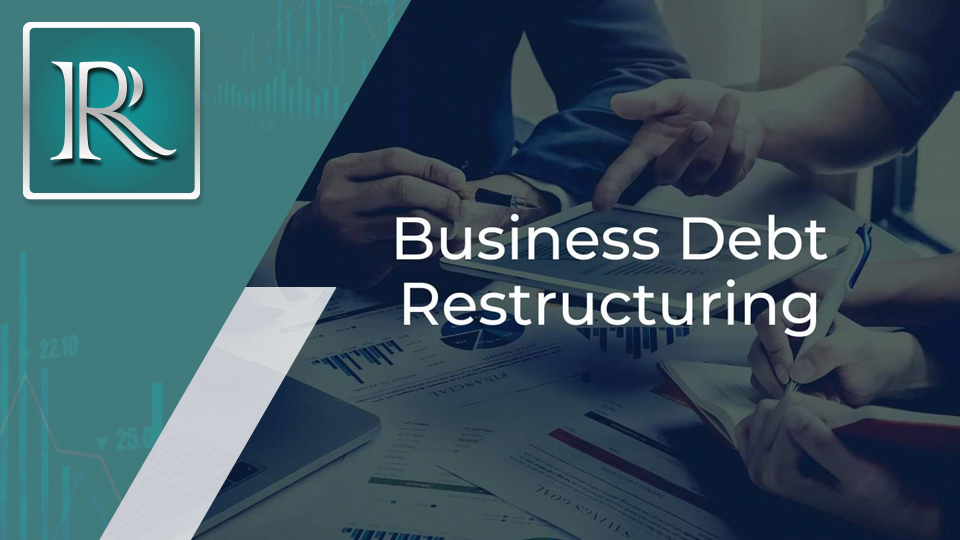The key to business restructuring is competitiveness. Usually, we relate restructuring of companies with serious crisis situations. However, the processes with which your company works must be constantly reviewed to vary everything that is not really competitive. Randall Castillo Ortega, the founder of SME lender RACO Investment in Costa Rica and Panama, provides expert insight into restructuring business debt to begin a new era of operations.
Companies that are going through a difficult time today do not have to cease their activity. Abandoning your business project is the last thing you should do at this time. Perhaps a good financial restructuring and a reorganization of assets and liabilities are enough to redirect the economic situation of your company, without having to start again from scratch.
For many SMEs, the financial consequences of any crisis cause numerous sleepless nights. However, the important new measures in place for insolvent or bankruptcy companies offer hope that it is possible to survive and prosper again.
Every company has a unique lifecycle. Companies are constantly faced with successes and failures, depending on the factors that affect their business. Financial difficulties, inactivity or bankruptcy represent the fundamental levels of a company’s life cycle. The restructuring of a company, or business restructuring, is a process of change and transformation, to adapt your business to a more competitive model.
The reasons for facing a business restructuring are usually related to moments of crisis, in which the company either has little liquidity, or is suffering a situation of lack of financing, etc. “Business restructuring should be considered whenever the circumstances force us,” explains Castillo. “However, the business restructuring should also be part of your plans when the circumstances are favorable for your company.”
Financial restructuring is the most important strategic part for a company with a lack of liquidity, focusing on eliminating superfluous expenses and concentrating your resources on the most profitable part of your company is very important. In these cases, it is not about investing less, but about investing better. This financial restructuring can be on the asset side or the liability side of the balance sheet. If one is changed, accordingly, the other will be adjusted.
In addition, it is very important to design a legal strategy, which can bring with it refinancing to reduce financial expenses, such as converting a part of the debt into equity, transferring the debt or allocating capital to new owners.
The advantages of business restructuring are related to competitiveness; that is, we change to better adapt to new situations. Adaptation is what has allowed the human being to survive, evolve and finally, dominate the environment, and companies must follow a very similar process. Business restructuring is the ability of a company to adapt, which cannot be a process exclusively forced by circumstances. On the contrary, it is important that it is a continuous process, which develops beyond the situation that the company is going through.
When what we want is to improve the profitability of a company, the solution is to plan a financial restructuring. Financial restructurings of companies focus on all economic aspects that affect a company, from external factors, such as tax changes, to internal factors that may be weighing on the company’s results.
Adds Castillo, “An improvement from the financial part of your company is not based on reducing the expenditure on office supplies, it must start from a strategy that evaluates every dollar you invest, assess why your company is not profitable is what will allow you to identify the weaknesses of your business, and also the strengths, the aspects that will allow you to recover the profitability of your business.”



